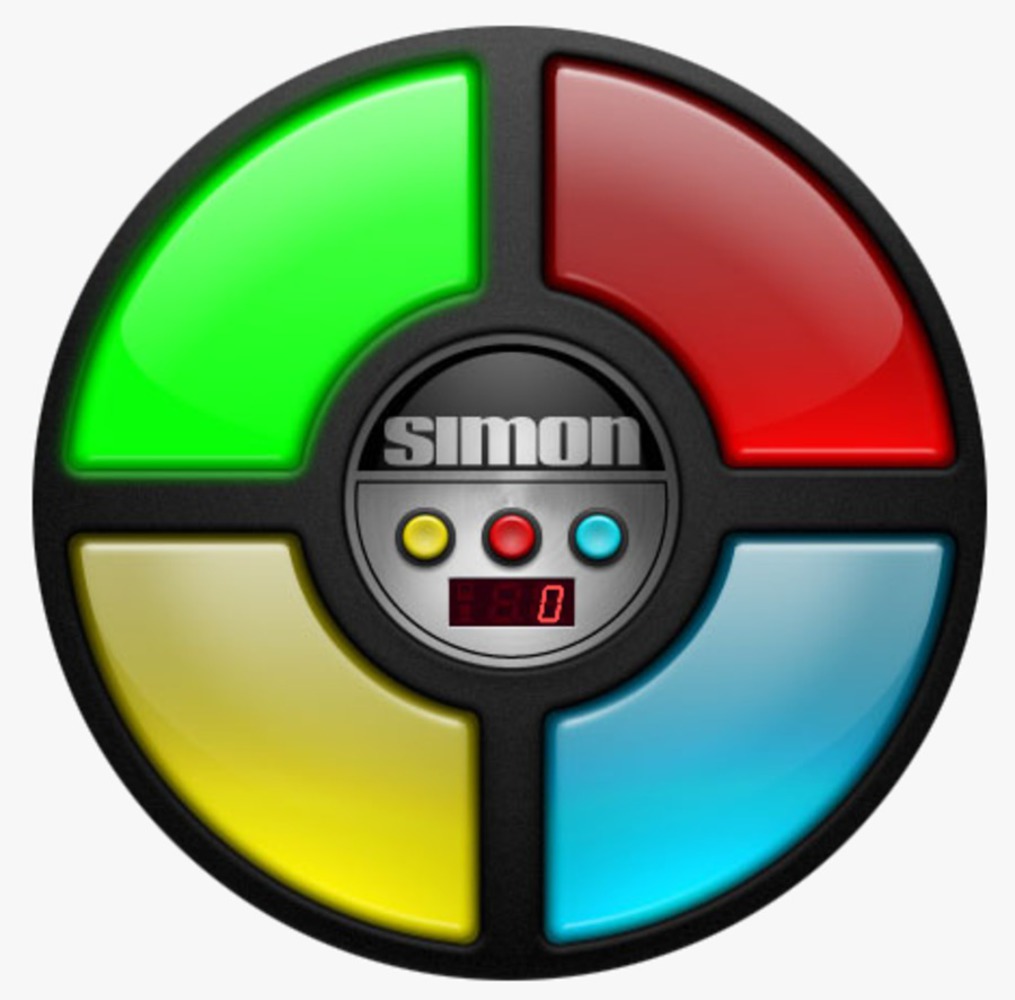Intention
This project explores the accuracy of memory. I chose this topic because I'm particularly interested in Julia Shaw's studies on the Illusion of Memory and how accurate eyewitness accounts truly are. My project is designed similar to the game, Simon Says, and will be easy to use. By using an experimenter to tell players the correct order is wrong, I am intentionally challenging their memory to see if I can convince them that their memory is incorrect.
This project is intended to challenge assumptions about memory and to see how accurate our memories are. Can the people who try my project actually remember the correct order of the light display and even if they can will they trust their memory? With this project, I am challenging player's memories and on a larger scale, I'm raising questions of whether memory should be trusted in our criminal justice system since innocent people have been convinced that they are guilty and confess to crimes they never committed.
